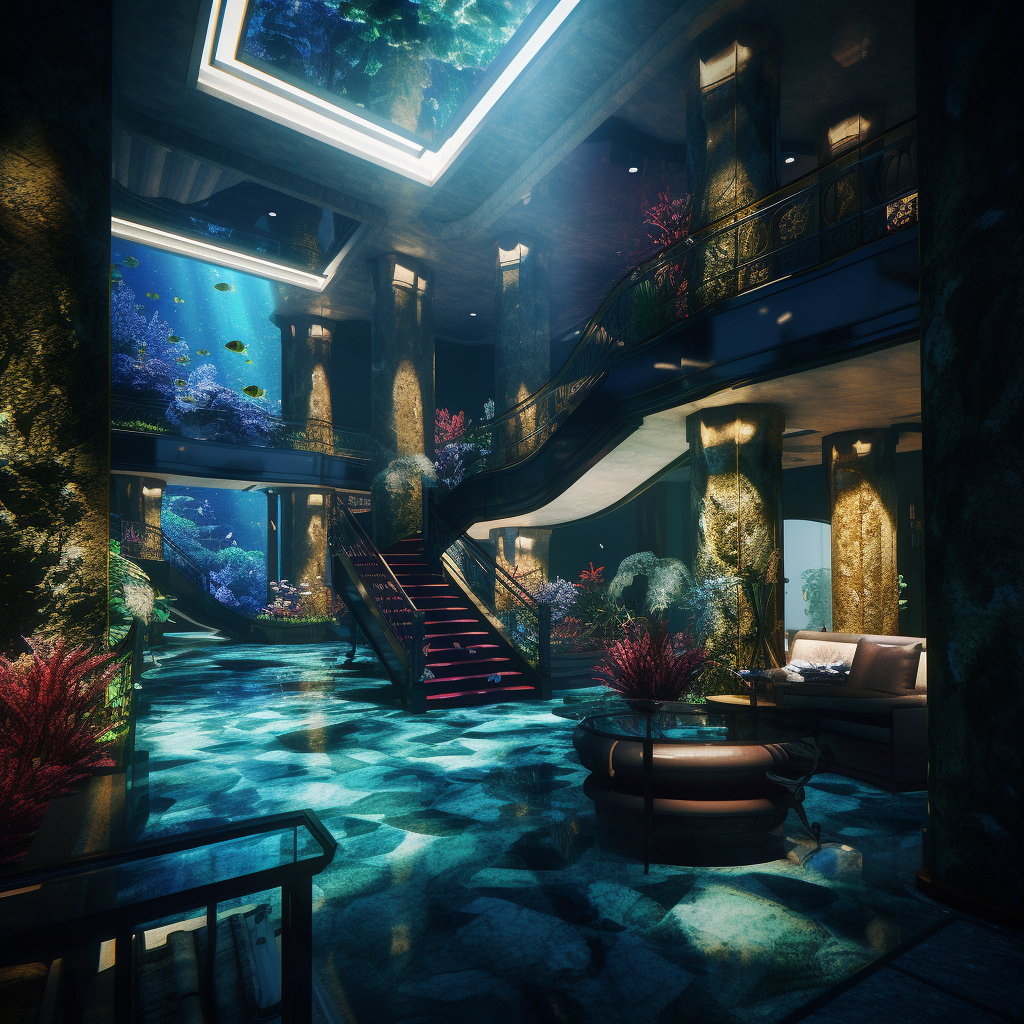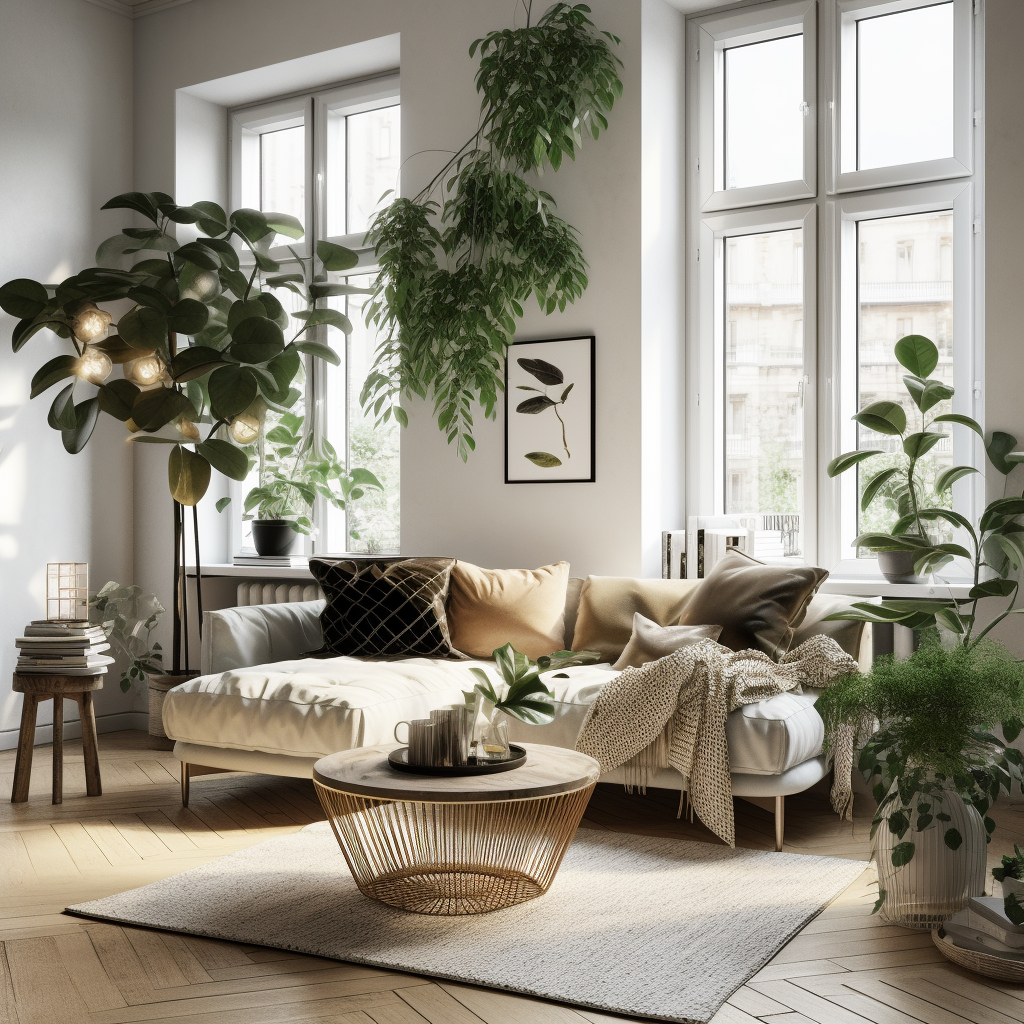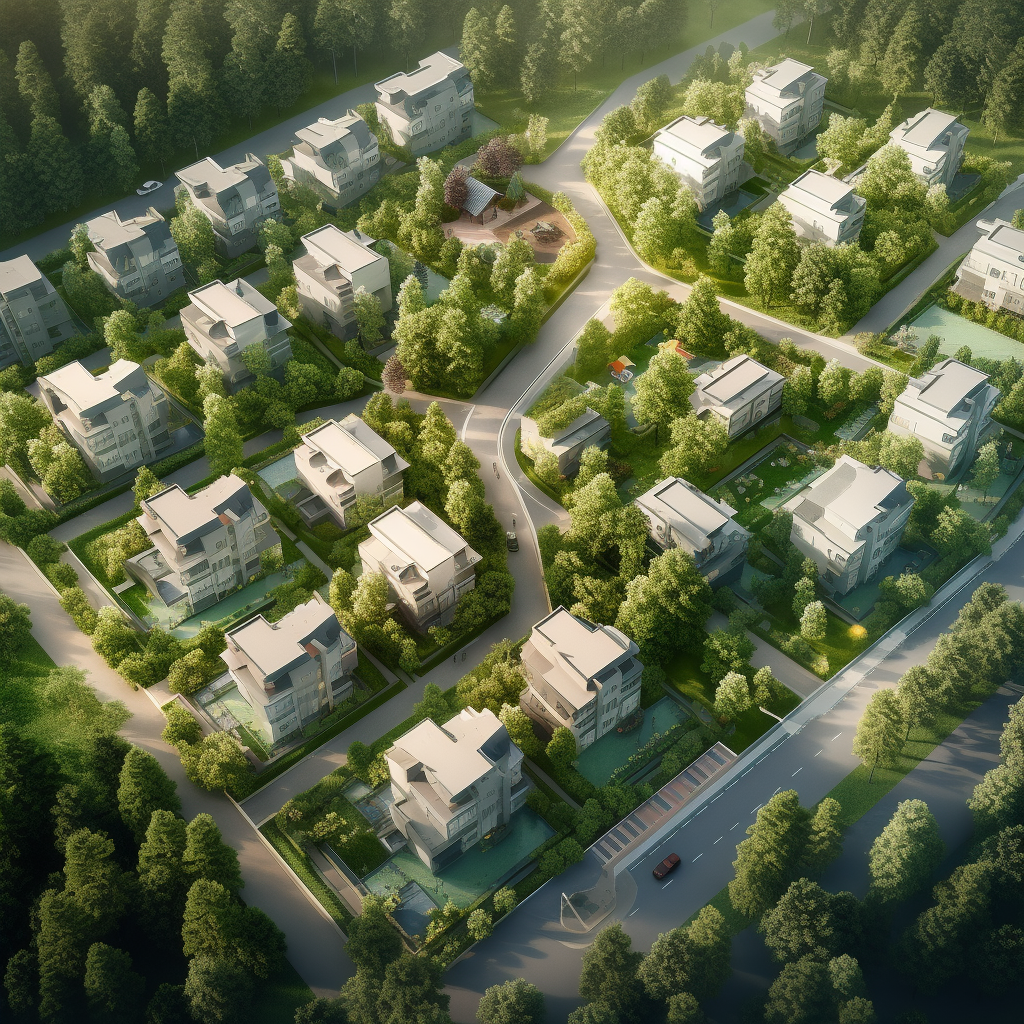June 6, 2023
By James Bravo
Generative AI is a type of artificial intelligence (AI) capable of generating text, images, or other media in response to prompts. As architecture hinges so much on visuals, we will focus on images.
Over the last year, there has been an explosion in generative AI. Text-to-image technologies like Midjourney, Dall-e, and Stable Diffusion have been making waves across many industries and architecture hasn't been the exception. Zaha Hadid Architects studio principal, Patrik Schumacher, said about the use of generative AI: "[...] I'm encouraging everybody who's working on competitions and early ideation to see what comes up and just to have a larger repertoire."
Other types of AI (non-generative AI) can do things like calculate the quantity and cost of materials, create detailed construction schedules, or help with the rendering process. Meanwhile, architects are using images created with generative AI for three main purposes: inspiration, ideation, and collaboration.
The process of designing a building often begins with a spark of inspiration. Architects seek it in the natural world, in previous architectural styles, and now, in the realm of generative AI. The images generated by this type of AI can be unique, bold, and sometimes unexpected. They are not bound by conventional design principles, which allows for a refreshing break. By examining these images, architects can glean new perspectives on design and stir up their creative instincts. It's not about copying these images verbatim, but rather about absorbing the fresh patterns and structures they present, then applying that inspiration to their own designs.

Midjourney. Underwater haven hotel lobby.
Once inspiration strikes, the next step is to form a concrete idea. Here again, generative AI images prove their worth. In this phase, architects leverage AI tools to visualize potential solutions for design challenges. They feed parameters into the AI software, such as building size, purpose, and environmental constraints, then let the AI generate possible layouts or exterior designs. These generated images are not final plans, but initial sketches to provoke further thinking. They can uncover paths of design the architects hadn't considered, offering a broader landscape of possibilities.

Midjourney. Nordic modern living room, interior design, with plants.
Architecture is seldom a solitary endeavor; collaboration lies at its core. Generative AI assists in this process by providing a common visual ground for discussion. Architects can share AI-generated images with colleagues, starting conversations about design elements, potential modifications, or new directions to pursue. The images become a solid foundation that teams can use to build upon each other’s ideas, fostering a rich environment for collaborative creativity.
In the same way, generative AI aids in communication with clients. It's one thing to describe a concept, and another to see what a space could look like. By presenting AI-generated images to clients, architects can bridge the gap between the abstract and the tangible. Clients can see potential design concepts in a clear and comprehensible format, providing them with a better understanding of the architect's vision. This visual clarity fosters an open dialogue between the architect and the client, ensuring that the final design aligns with the client’s needs and expectations.

Midjourney. Isometric aerial view of a residential multi-family village full of trees and parks, realistic photography, drone photography.
AI-generated images are excellent, but not perfect. This technology can generate unusable images, too. Some of the errors that the images can have include: physically impossible designs, Escheresque structures, poorly drawn objects, superposed furniture, and blurry or grainy images.
For these reasons, it's key to generate many images and choose among the best ones. Patrik Schumacher says only about 10 to 15 percent of the generator's output moves to the 3D modelling stage. Considering the AI generators are so fast and cheap, we would expect much more experimentation in this phase, so the figure is rather high.
As time moves on, we will see more capabilities in this technology and less defects on the images. Just take for example how fast Midjourney has evolved.
In conclusion, generative AI offers promising possibilities for architects. It stimulates inspiration, supports ideation, and facilitates collaboration, transforming how architects approach design. However, like any technology, it comes with limitations and is far from a silver bullet. It's a tool that must be wielded wisely, through iteration and discernment, to effectively augment the architect's creative process. As the technology evolves, we can anticipate seeing even more sophisticated uses of generative AI in architecture, painting an exciting picture of the field's future. Remember, it's not the tool that makes the architect, but how the architect uses the tool to shape spaces.
Learn how to harness the power of AI with Frankly.
Follow us on Instagram.